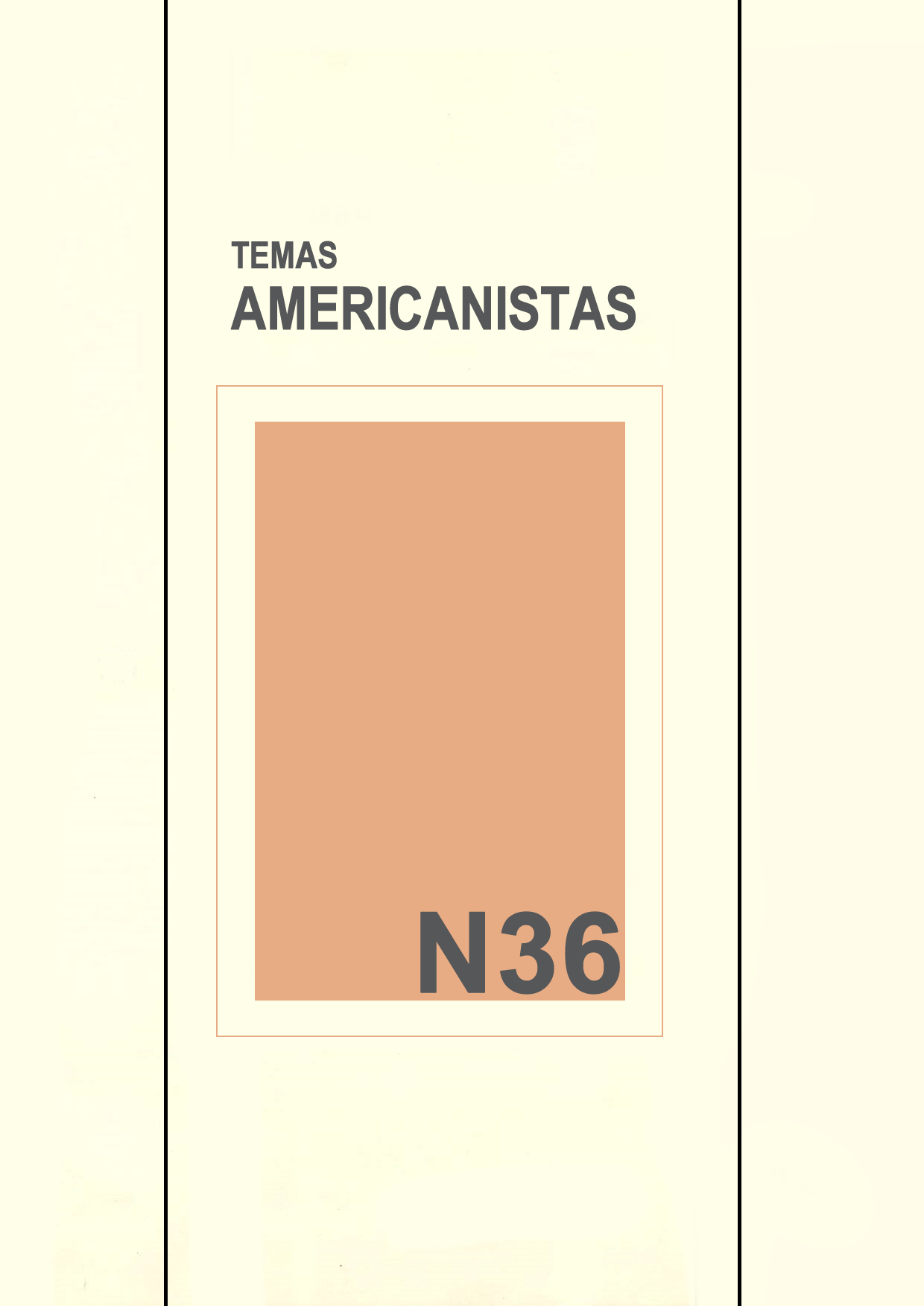Resumen
Fr. Pedro Aguado, fraile franciscano, provincial en el Nuevo Reino de Granada y procurador de esa provincia en España, nacido en Valdemoro (Madrid) y autor de la Recopilación Historial, visitó tres veces al menos el territorio de Cartagena de Indias. En 1576 redactó un memorial para el territorio de Cartagena, que es modelo de conocimientos y recomendaciones sobre el modo de misionar a los indios resumido en diez puntos. El obstáculo principal eran los encomenderos, que no sólo abusaban en el cobro de tributos, sino que toleraban borracheras, malas conductas e idolatrías con tal que pagaran sus abusivos tributos y no los denunciaran. Otro de los obstáculos a la predicación y prácticas religiosas se hallaba en la dispersión poblacional, por lo que recomendaba la agrupación en pueblos. A los clérigos doctrineros recomendaba no cobrar excesivos estipendios, que disuadían de la práctica de los sacramentos y el propósito de que vivieran concentrados en conventos resultaba utópico por la dispersión de los pueblos. Estos fines no podían lograrse sin un entendimiento con la autoridad civil, en este caso con el gobernador de la provincia, Francisco Baamonde de Lugo, entre 1571 y 1574, al que prestó su decidido apoyo, a pesar del cúmulo de acusaciones de carácter privado y en asuntos públicos que se le acumularon de carácter económico, fiscal y político. ¿Se debió esta actitud de Aguado a alguna recomendación del arzobispo de Bogotá, Fr. Luis de Zapata, miembro que había sido de su misma orden religiosa? Por el momento no se ha podido resolver la incógnita.

